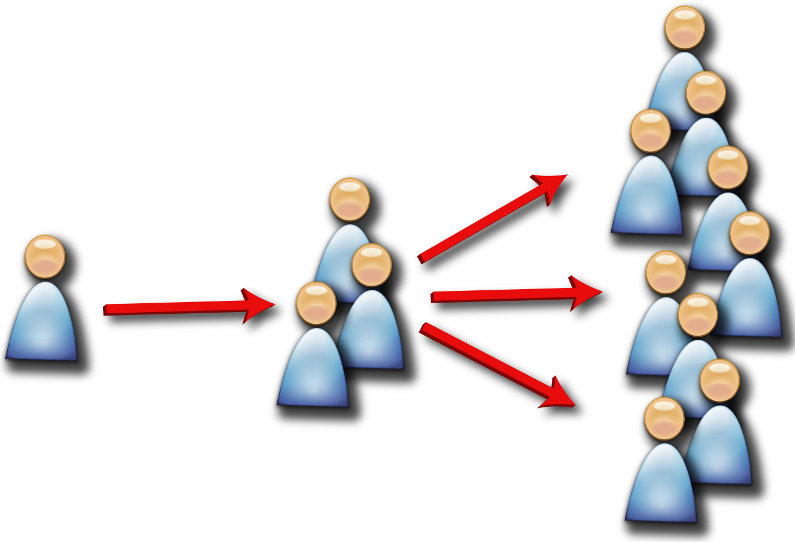Current customers are the most precious resource any company can have.
Besides the revenue they generate, good customers can yield a myriad of marketing advantages.
If treated well, candidates become a powerful source for
- referring friends and family
- purchasing other products and services you offer
- spurring new ideas to enhance existing products or develop new ones
Customer referrals are one of the most powerful selling and marketing tools available. A study by Goethe University Frankfurt and the University of Pennsylvania proved this point.
The study followed the customer referral program of a German bank that paid customers 25 euros for bringing in a new customer.
Researchers found that referred customers were both more profitable and loyal than normal customers. Referred customers had a higher contribution margin, a higher retention rate and were more valuable in the short and long run.
The study found that customer referral programs can have bottom-line benefits, noting the value of the referred customers exceeded the cost of the referral fees.
“Hence, referral programs can indeed pay off,” the study concluded.
Upselling and cross-selling are other ways to maximize the value of your current customers. With upselling, companies convince customers to purchase more expensive items, upgrades or add-ons.
While it usually involves marketing more profitable products or services, it can simply mean exposing customers to other options that were perhaps not considered.
Cross-selling means selling additional products or services to an existing customer. Cross-selling approaches can vary. In practice, large businesses usually combine upselling and cross-selling to maximize profit. In doing so, an organization must ensure that its relationship with the client is not disrupted.
New and innovative product ideas can spring from a variety of places. Companies that leave their current customers out of the process are losing out.
Your customers, who provide the final evaluation on product and service satisfaction, should lead the way when it comes to ideas, followed by marketing and sales, employees, firm leaders, suppliers and competitors.
To take advantage of this resource, it pays to keep lines of communication open with your customers.
Establish methods for collecting and evaluating customer ideas. Company websites are an excellent place to begin. They allow customers to submit reviews, complaints and observations. Surveying current customers is also an affordable and effective way to mine for ideas.
Once compiled, give this information to test groups to brainstorm ideas for new products or improvements. Evaluating and implementing ideas rooted in customer feedback is one of the best methods of staying ahead of the competition.












